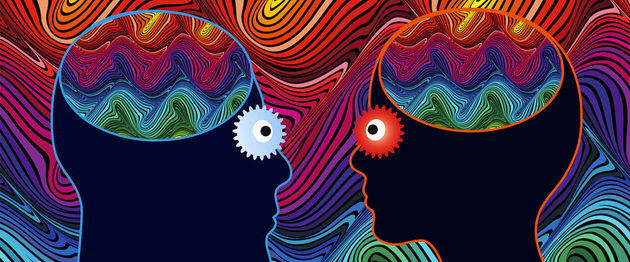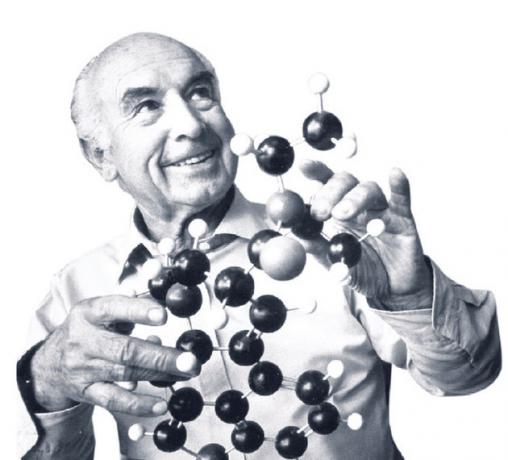LSD or lysergic acid diethylamide is a hallucinogenic substance synthesized in the laboratory, recognized for being one of the most potent.
A hallucinogen is defined as any substance capable of causing hallucinations. LSD is a prohibited drug, which differs in that it does not have color, smell or taste and is soluble in water.
It is produced in the laboratory, from the substance ergot, obtained from the fungus purple claviceps, which grows on rye.
Effects of LSD on the body

LSD is consumed orally and less frequently can be injected or inhaled. Small amounts are enough for its effects to be observed. To give you an idea, with just 100 micrograms of the substance, the effects are already noticed and can last up to 12 hours.
The effects of LSD can be felt after 30 minutes of consumption and consist of physical and psychological changes in the body, including:
- Increased heart rate and blood pressure;
- Insomnia;
- Trembling;
- Dilated pupils;
- Hallucinations;
- Mental confusion;
- Panic attacks;
- Euphoria;
- Dizziness;
- Lack of appetite;
- Loss of space and body sense;
- Increased sensitivity of the senses.
While some LSD users may feel euphoric and feel good, for others the effects are not as pleasant, which is called the "wrong trip". In this case, panic attacks and depressive crises can happen.
In general, LSD is not addictive, but long-term effects can arise, such as schizophrenia.
Learn more, read also:
- drugs
- Illicit drugs
LSD Origin
LSD was discovered by Swiss chemist Albert Hofmann (1906-2008) on April 16, 1943, while researching compounds to help problems related to blood circulation.
Hofmann decided to ingest a dose of the new substance he had discovered and suffered hallucinations, but also a pleasant feeling of well-being.

In view of the results, the laboratory where Hofmann worked decides to continue the investigations. They send the new substance to psychiatrists in order to know its effects on patients suffering from psychotic disorders.
However, the CIA and the US military see another use for the drug. As LSD leaves the human vulnerable, it was thought it could be useful for extracting secrets from enemies during interrogations.
Likewise, the US military uses the drug on their own soldiers, especially during the Vietnam War, where battle conditions were extremely harsh.
LSD was very popular with young people in the 60's and 70, for its psychedelic effects, which provided relief and escape in the midst of the wars that were taking place at that time. It was used by several artists and inspired creations in all artistic fields.
read more
- The 70's
- Drug Decriminalization
Curiosities about LSD
- LSD is also known as candy, tart, paper, glazing, or microdot.
- There are studies investigating the use of LSD to treat schizophrenia.
- The biggest LSD users are middle- and upper-class teenagers.
- As LSD leaves humans vulnerable, it was thought that it could be useful for extracting secrets from enemies during interrogations.


